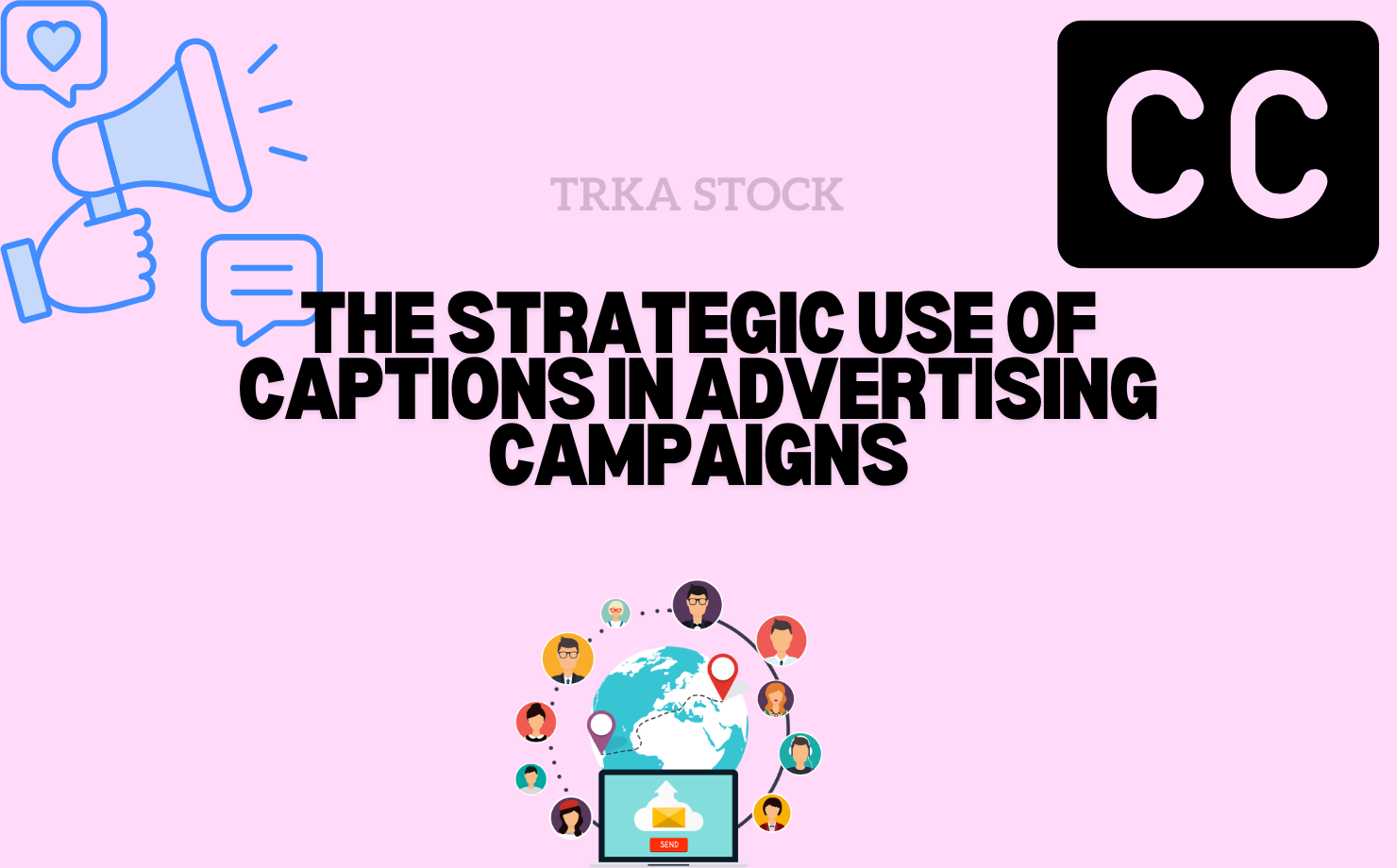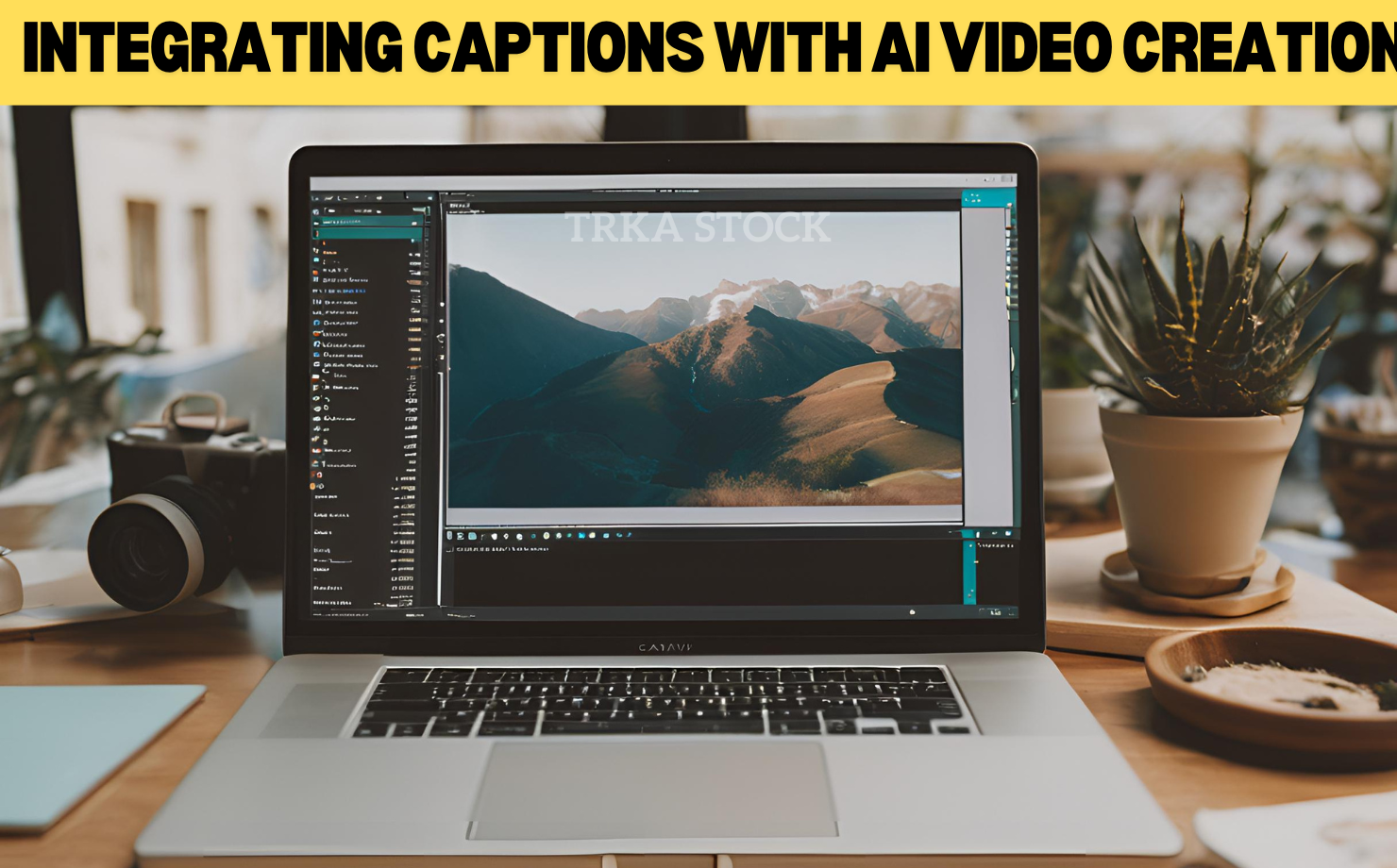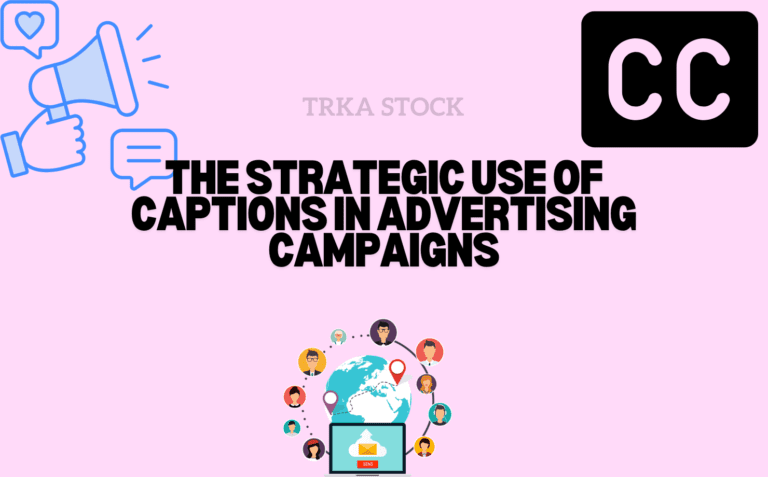Summary – Captions in Advertising Campaigns
Captions are crucial in modern advertising campaigns, enhancing accessibility, engagement, and comprehension. AI tools streamline the captioning process, ensuring accurate, multilingual content. Embracing these technologies boosts viewer experience and campaign success, making captions an essential element in creating impactful, inclusive advertising strategies.
The Strategic Use of Captions in Advertising Campaigns
In today’s fast-moving digital advertising space, viewers’ attention spans have become smaller and smaller. The brand is always looking for different ways to leave a mark. One of the surefire ways is to use captions creatively in an advertising campaign. While captions increase accessibility, they also increase engagement, comprehension, and viewer experience overall. This article explores the advantages of integrating captions into your advertising practices and how to make use of advanced tools, such as an AI-generated caption, to enhance your campaign most wisely.

The Role of Captions in Modern Advertising
From being an accessibility feature, the caption has emerged to be the ammunition of advertisers. With the advent of social media sites and mobile viewing, its trend gained momentum. Be it by personal preference or due to environmental factors, many viewers in today’s world essentially watch content with the sound off. In such a case, captions will ensure your message is driven home, whether the sound is off or on.
Also, captions help in better comprehension of your content. They make things clear either when the audio is not clear or the content involves technical terms or jargon. Captions also ensure that your content is accessible even to viewers whose first language is not that of the audio, therefore inclusive and open to an international audience.
Captions for Improved Engagement – Advertising Campaigns
Engagement is one of the major parameters of the success of any advertising campaign. Adding captions might raise engagement manifold, making audiences interact with the content much more than without it. For instance, a video that contains on-screen captions stands a better chance of being watched to the very end compared to one without, because viewers catch on much quicker. This might, in turn, result in higher conversion rates owing to a larger amount of time spent watching.
Captions also make information better retained because when viewers can see and hear the message, they remember it. That’s what’s called ‘dual encoding’ of information, enhancing recall and therefore making your ad most effective in the longer run.
| Aspect | Details |
|---|---|
| Role of Captions | – Enhances accessibility and comprehension. – Ensures message delivery with sound off. – Improves clarity for technical content and non-native speakers. |
| Benefits for Engagement | – Increases video watch-through rates. – Enhances information retention through ‘dual encoding.’ – Boosts conversion rates with longer viewer engagement. |
| Accessibility & Inclusivity | – Provides access for hearing-impaired individuals. – Demonstrates respect for diversity. – Expands reach with multilingual captions. |
| Leveraging AI for Captioning | – AI-generated captions save time and reduce errors. – Ensures synchronization with audio. – Supports multilingual captioning for global reach. |
| Future Trends | – AI and machine learning for enhanced captioning. – Real-time and personalized captions. – Integration with immersive technologies like VR/AR. |
| AI Video Creation Integration | – Automates video creation with captions. – Personalizes content for different audiences. – Enhances viewer experience with seamless caption integration. |
Improving Accessibility and Inclusivity – Advertising Campaigns
Accessibility is no longer a buzzword; it is a very important concern for advertising today. Captions ensure critical access to content for people with hearing impairments. By adding captions to your ads, you are conforming not only to the requirements for accessibility but also showing responsibility and respect for diversity. This will make your brand much more prestigious and help in building a good relationship with a diverse audience.
Also, captions can be a great help in reaching audiences in geographic regions. Sometimes, the very languages themselves can be barriers to global advertising. However, with captions, translations into various languages can be carried out and thus will ensure wider coverage, making a stronger impact on cultures that are different.
Leveraging Technology for Effective Captioning
Captions now come with totally different dimensions when artificial intelligence, or AI, creates and deploys them in ad campaigns. Manual captioning is a pretty time-consuming process that can have lots of room for error, so using the right tools like an AI caption generator will make the process smoother and guarantee that your captions come up-to-date with accuracy and vitality.
An AI-driven caption generator will save you much time and resources, as it automatically captions your videos. These automated tools run speech through sophisticated algorithms that, in turn, convert it into flashing text captions. Not only does this quicken the production process, but at the same time, it ensures that the caption is in sync with the audio for smooth and hassle-free viewing.
Additionally, AI-powered tools can create captions in many different languages, assisting with localizing your content around the world. This is particularly helpful if you’re one of those brands looking to expand their reach into non-English speaking markets. By leveraging an AI caption generator, you’ll have the ability to create content that will resonate with an international audience and help further amplify the effectiveness of your advertising campaigns.
The Future of Captions in Advertising
With the development of technology, it is expected that captions are going to be even more critical in advertising. Firstly, the introduction of AI and machine learning into captioning tools is bound to happen. Next, the next generation of features such as real-time captioning and personalization-where the captions are tailored according to viewer preference-is what we should look out for.
But, of course, new immersive technologies such as virtual and augmented reality open completely new horizons for the application of captions, allowing them to provide context, guide user experience, and enhance interactivity in completely new ways. As these types of technologies become more mainstream, captions will be key to making sure advertising content remains accessible and engaging.

Integrating Captions with AI Video Creation
Besides captioning, AI technology doesn’t lag in making their contribution to larger areas of video creation. For example, an AI video creator app has made it possible for advertisers to create high-quality, visually stunning videos within minutes with much ease. These applications can take mere text input and can transform it into a completely integrated video: with visuals, audio, and of course, captions.
It is here that an AI video creator app can come in handy. It automates the creation process and empowers advertisers to create customized content for different segments of audiences. This level of personalization may result in higher engagement rates, as viewers will be more prone to interact with content that feels and appears to be tailor-made for them.
This will be further improved by adding an AI video creator app that is integrated with a caption generator for a better viewer experience. The seamless integration of AI-generated video captions makes your content accessible, engaging, and effective. This combination of technologies lets brands maximize the impact of advertising campaigns while minimizing the effort required to produce high-quality content.
Conclusion
Today, captions are not an option but an indispensable part of any advertising campaign. It allows access, is way more engaging, and your message would reach a wider audience. AI-powered tools like AI Caption Generators and AI Video Creator Apps will help advertisers to take their campaigns to the next level by making the content impactful and, at the same time, all-inclusive and accessible.
As we head to the future, the strategic use of captions in advertising will keep on changing, with new opportunities emerging for brands to reach out to their audiences. By embracing these technologies and making captions a core part of your advertising strategy, you ensure the best viewer experience and better success for your campaigns.
Advertising Campaigns FAQ
What are the benefits of using captions in advertising campaigns?
Captions enhance accessibility, increase engagement, and improve comprehension. They help viewers understand content even with the sound off and can boost recall through dual encoding.
How do captions improve engagement in ads?
Captions can make viewers stay engaged longer, increasing the chances of watching the entire ad and potentially raising conversion rates.
Why are captions important for accessibility?
Captions make content accessible to people with hearing impairments and help non-native speakers understand the message, promoting inclusivity and diversity.
How can AI improve captioning in advertising?
AI can automate the captioning process, ensuring accuracy and synchronization with audio. It also enables multi-language support for global reach.
What is the role of AI video creator apps in captioning?
AI video creator apps streamline the video production process, integrating captions seamlessly. They help create personalized, high-quality content efficiently.
What future advancements are expected in captioning?
Future advancements may include real-time captioning, personalized captions, and integration with immersive technologies like VR and AR for enhanced interactivity.
How can captions contribute to global advertising?
Captions facilitate translations into various languages, allowing brands to reach and impact audiences in non-English speaking regions effectively.

